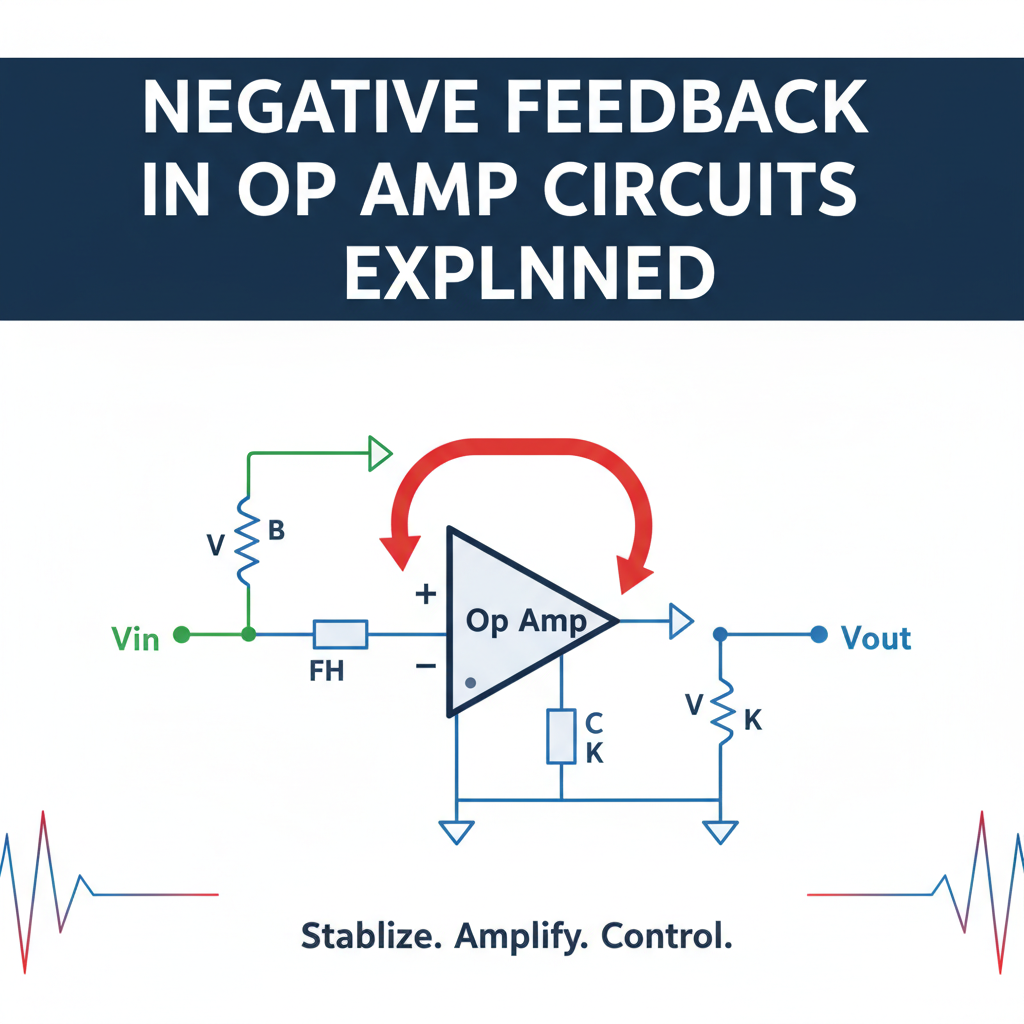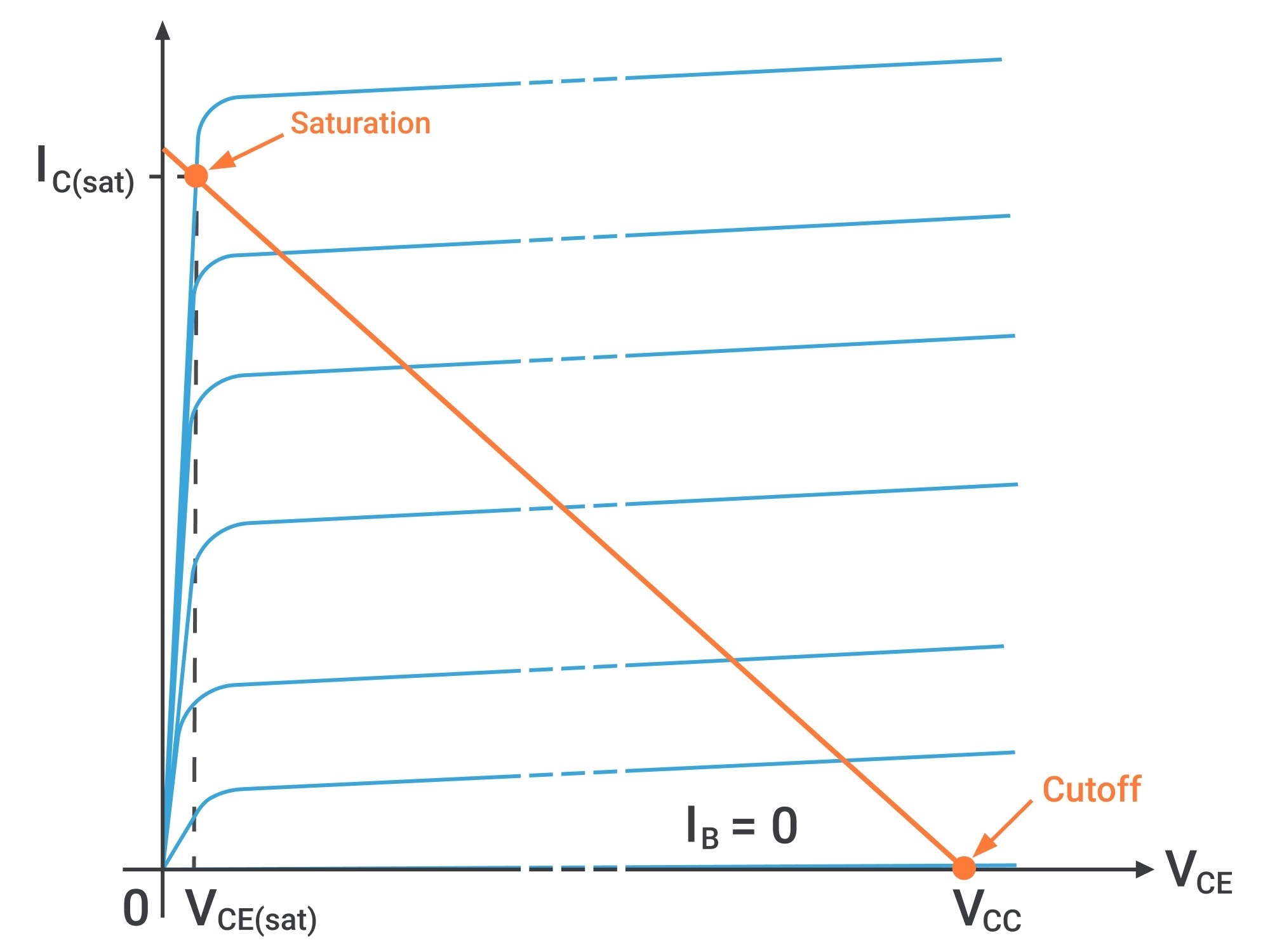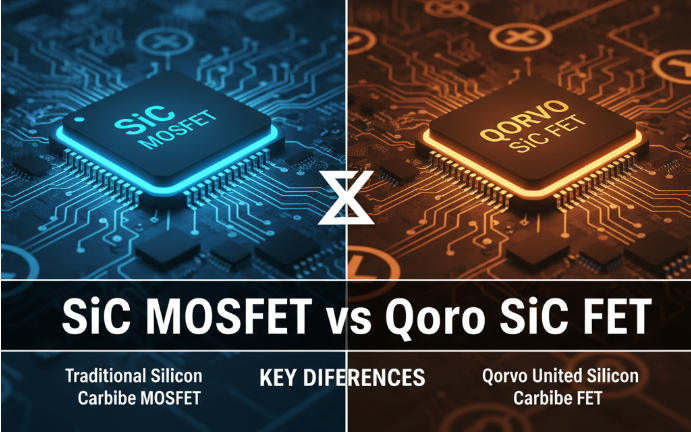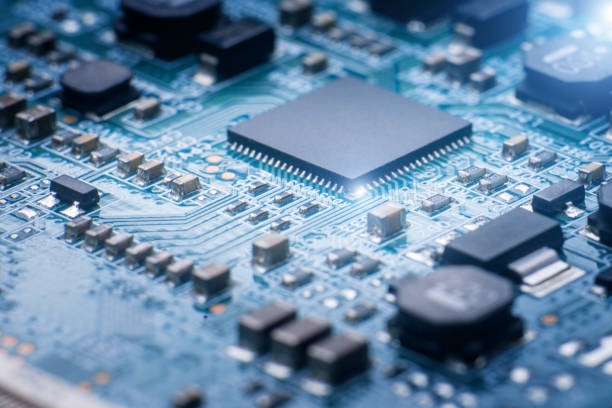Overview
High-frequency power diodes are widely used in power electronics. PN-junction power diodes exhibit reverse-recovery behavior when switching from conduction to blocking. This can increase diode losses, reduce circuit efficiency, and increase EMI, problems that are more pronounced in high-power supplies. Common mitigation methods include RC snubbers, series saturable reactors, and soft-switching topologies. Comparative studies on their relative effectiveness are limited. This article uses a Buck converter example to compare these approaches and draws conclusions from simulation and experimental results.
1. Reverse-recovery mechanism
For a standard PN-junction diode, carriers in the junction move by diffusion due to concentration gradients and by drift under the electric field; the balance forms a space-charge region. Under forward bias the space-charge region narrows; under reverse bias it widens. If a reverse voltage is applied abruptly while the diode is conducting, stored charge is swept back or recombines under the field, producing a reverse current during turn-off.
2. Methods for suppressing reverse recovery
There are two general directions for addressing diode reverse recovery. One is to change the device technology; for example, silicon carbide diodes largely eliminate reverse recovery. The other is circuit-level mitigation: adding components or auxiliary circuits to soften the diode turn-off. Because SiC diodes are not yet widely adopted due to cost, many designs use circuit-level softening. The comparative study below uses a converter with 36 V input, 30 V/30 A output, and a switching frequency of 62.5 kHz (see Figure 1) to evaluate several softening methods.
2.1 RC snubber
The RC snubber is a common method for suppressing reverse recovery. At high frequency, parasitic elements must be considered. Figure 2(a) shows the circuit model: D represents an ideal diode, Lp is the lead inductance, Cj is the junction capacitance, Rp is a parallel resistance (large value), and Rs is the lead resistance. The RC snubber in Figure 2(b) places C1 and R1 in series and then across the power diode D0. During diode reverse turn-off, energy in the parasitic inductance charges the parasitic capacitance and also charges the snubber capacitor C1 through R1. For the same absorbed energy, a larger C1 results in a smaller voltage across it. When the diode quickly returns to forward conduction, C1 discharges through R1 and most of the absorbed energy is dissipated in R1.
2.2 Series saturable reactor
Another common method is a series saturable reactor, shown in Figure 2(c). Ferrite and amorphous cores can be used for the saturable reactor. Manganese-zinc ferrite cores are effective but incur higher energy loss compared with amorphous materials. With advances in material technology, amorphous magnetic materials have improved considerably. In this study a Toshiba amorphous core (model MT12×8×4.5W) is used with two turns to form the saturable reactor.
2.3 Soft-switching circuit
Figure 2(d) shows a soft-switching topology that effectively mitigates diode reverse recovery. Lk denotes transformer leakage inductance. The transformer turns ratio n is set to 3 in the test example. The operating sequence is illustrated in Figure 4.
Stage 1 (Figure 4(a)): switch S is on, D0 is reverse-blocking, and the magnetizing inductance Lm and leakage inductance Lk are charged linearly. Stage 2: S turns off and its parasitic capacitance Cp is charged; this process is short and can be approximated as linear (Figure 4(b)). Stage 3: D0 and Db conduct (Figure 4(c)). Stage 4: current in D0 falls toward zero under the action of leakage inductance Lk (Figure 4(d)). Stage 5: S turns on; current in the auxiliary diode Db continues to fall and reaches zero before S turns off again (Figure 4(e)).
In Figure 4(c) D0 conducts so u_D0 ≈ 0. At the state of Figure 4(d), u_D0 = -u_2 = u_0/(1 + n). Experimental waveforms in Figure 5(d) confirm this relation.
3. Experimental results
Figure 5 shows the terminal voltage waveforms of diode D0 under the different methods.
All three methods reduce the reverse-recovery voltage spikes, indicating they each suppress reverse recovery to some extent. The RC snubber reduces recovery but residual voltage spikes and ringing remain noticeable. In the soft-switching topology, theory predicts the reverse-recovery current should fall to zero, but parasitic elements cause some oscillation during diode turn-off so some voltage ringing is still observed. The series saturable reactor provides the best suppression of diode reverse recovery among the tested methods.
4. Conclusion
Wider adoption of silicon carbide diodes may eventually provide a fundamental solution to reverse-recovery issues. Currently, RC snubbers are the most commonly used mitigation. Series saturable reactors and soft-switching circuits are also effective options for suppressing diode reverse recovery.
 ALLPCB
ALLPCB







